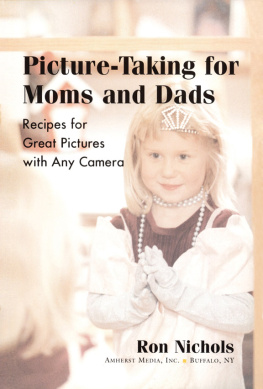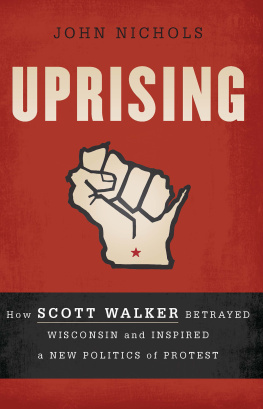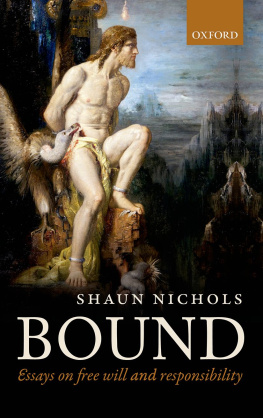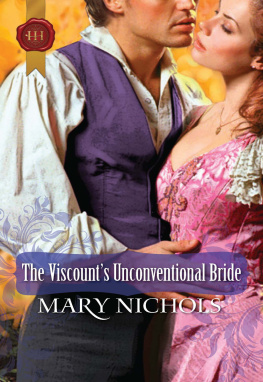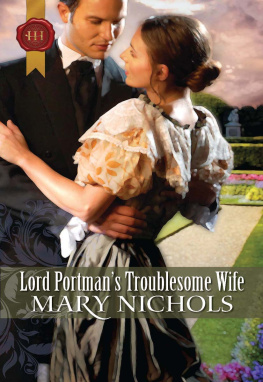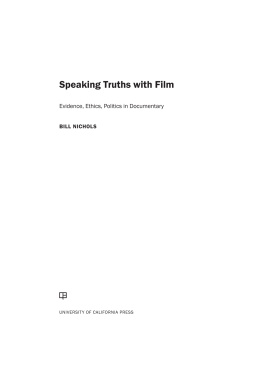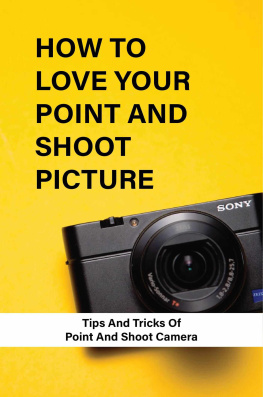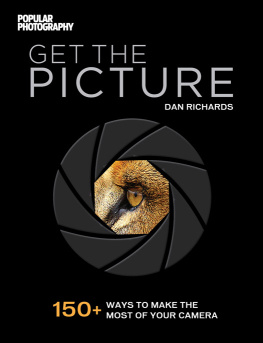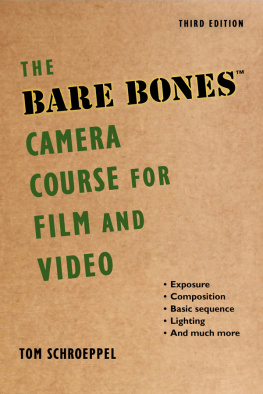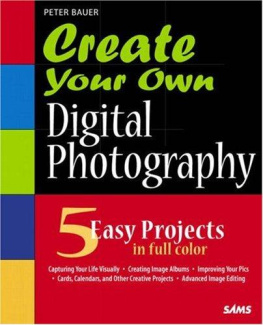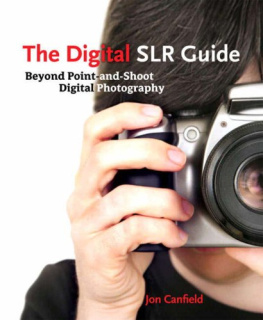ACKNOWLEDGEMENTS
The trouble with saying thank you to all of the people who have had a hand in helping make my careerand this bookpossible is that I'II inevitably overlook someone. Many wonderful people have helped me along on my journey. Below is a list of just a few who were especially helpful.
To my mom and dad, for making me possible. For love, patience, and support in all of my pursuits.
To Bill Dorrance, for loaning me my first camera. For expecting success. You have left this world, but your kindness lives on, my friend.
To Mr. House, high school photography teacher. For encouragement.
To Art Terry, basic press photography instructor at the University of Missouri. For helping me develop my photographic skills.
To Angus McDougal, photojournalism professor at the University of Missouri. For expecting nothing less than my best...and getting it.
To Joe Link, former editor at that little daily newspaper in Missouri. For giving me my first job and a guiding hand.
To Jon Chandler, author, performer, and songwriter extraordinaire. For helping me believe I could do this.
To Craig Alesse, publisher, photographer, and teacher. For this opportunity.
To editors Michelle Perkins and Barbara A. Lynch-Johnt. For their talents and skills in editing and packaging this book.
To all of those who have been, and will be, in my pictures. Thank you.
And finally, to my wife Betsy and my daughter Katie. For love and support and even more support. And for their patience when I said just one more picture! Even though they certainly knew it would be more than just one more.
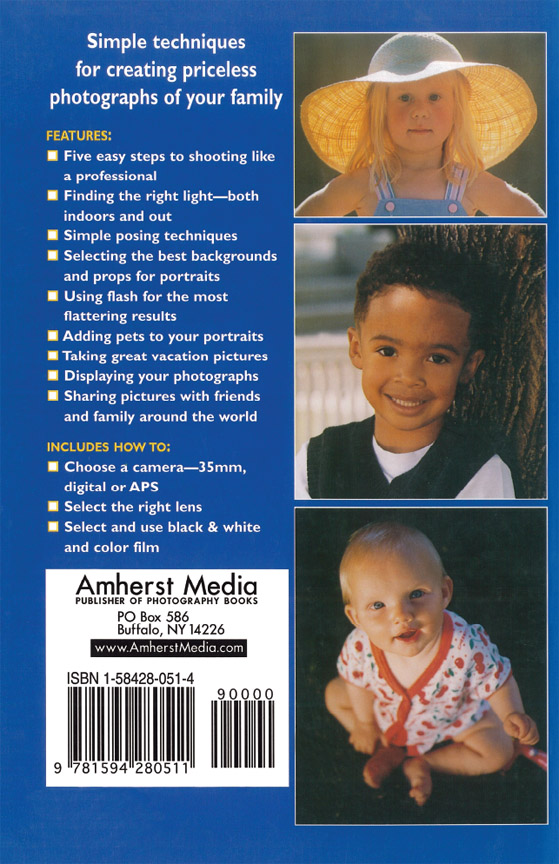
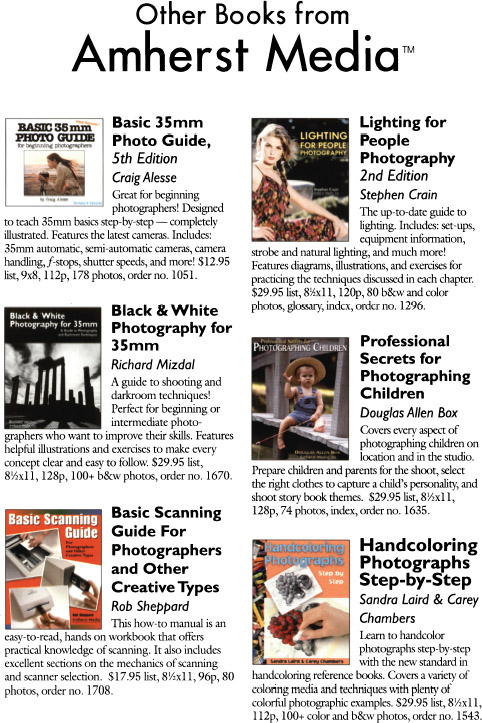

Cameras don't take
pictures, people
take pictures.
A MONG THE MOST FREQUENTLY ASKED questions I field each semester from my university stu-dents, which camera to buy is always at or near the top of the list. It's a good question, and one that almost every photographer must grapple with. It's not, however, a question that can be answered by anyone but the person who'll be using the camera. The reason? Camera s don't take pictures, people take pictures cameras are simply tools for creating those pictures. The key to finding a camera that's right for you is in finding a camera that feels natural, and fits your personal and technical needs.
Cameras, like cars, come in all shapes, sizes, and costs. Like cars, you can get economy models with limited features, or you can get luxury models with many special features. As a working photojournalism I need cameras and lenses that are rugged and that give me maximum creative control in taking pictures. But as an on-the-go dad, I like the features of a smaller compact camera that I can put right in my pocket so it is readily available for me when a great opportunity arises.
If you desire maximum creative control, you'll probably want to invest in a 35mm camera with manual exposure and focusing controls. If you're intimidated by the thought of manually adjusting your camera's exposure and focusing controls, an "auto-everything" 35mm camera will suit your needs.
You'll obviously purchase a camera that's within your budget. If you can afford it, it's a good idea to get a camera that has a built-in flash and a zoom lens. Make sure that whatever camera you're considering fits your "technical comfort zone," too. In other words, make sure you're comfortable with its use and operation before you buy.
Simple point and shoot cameras provide consistent results under most conditions. But if you want more creative control (like choosing a slow shutter speed to record the movement of water seen here) you'll want to purchase a camera that gives you advanced exposure control options. Once you've made such a purchase, enroll in a basic photography class at a local community college to master advanced photographic techniques.
It's always best to thoroughly research several cameras before you make a purchase. A camera is an investment that should last for years. If you have lots of photographic experience, you may already know what special features you'd like in your next camera. But if you're just getting started, you may want to ask other moms and dads which cameras they use and why. You might also want to ask the sales representatives at several local camera stores about various cameras and their features. Photography magazines and Internet web sites also provide a wealth of information regarding cameras, features, and prices.
Although there are many models, brands, and features from which to choose, there are four major groups of cameras.
Choosing a Camera
POINT AND SHOOT CAMERAS . Sometimes referred to as lens shutter cameras, point and shoot cameras are compact, easy to use 35mm and Advanced Photo System (APS) cameras. They generally feature automatic exposure control and automatic focus so you can just "point and shoot" when taking a picture. Because they are so compact, easy to use, and often feature zoom lenses (see illustrations), they are ideal for on-the-go moms and dads. And because they are automated, they render acceptable photographs in most situations. They don't provide the creative exposure and focus control that single lens reflex cameras do, however.
Point and shoot (compact) cameras feature automatic exposure and focusing features in an easy-to-carry package. (Photo courtesy of Pentax)
HINTS & TIPS
Although not likely to replace the versatile and popular 35mm format, the Advanced Photo System, with its easy-to-use features, offers amateur photographers several advantages:
Smaller film size allows cameras to be smaller and easier to handle
A leaderless, drop-in film cartridge prevents film-loading mistakes
Negatives are returned in the original cartridge, so there's no danger in mishandling the film. Keeping track of the negatives is also easier.
APS photographers can choose between three print formats (including panoramic) and can change the format at any time during the roll.
For ease of filing and reprinting, an index print is provided along with the processed prints, showing all of the positive images on a single print.
Information regarding the shooting conditions is recorded on a special magnetic track on the film. This information helps film processors render higher quality prints.
SINGLE LENS REFLEX CAMERAS . The most popular choice of camera for photojournalists and advanced amateur photographers, 35mm single lens reflex (SLR) cameras provide greater exposure control and feature interchangeable lenses, so you can shoot with a variety of lensesfrom wide angle to macro to telephoto. Although SLRs are more expensive than point and shoot cameras, the SLR's ability to take new lenses allows for a greater range of shots and is a real creative advantage.

